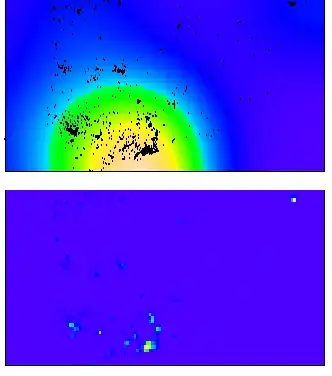Within subjects anova tests an omnibus null hypothesis of the form:
$ \mu_1 = \mu_2 = ...= \mu_k $
(where k is the number of levels for your factor) against the alternative that at least one mean is different. So, you are correct in saying that you cannot identify which mean or means are different from each other based only on the anova results.
You will need to follow up with post-hoc comparison procedures, very often pairwise t-tests (although there are other options). Exactly what tests are interesting or required is going to depend on your specific research question. You will have to keep in mind the risk of alpha inflation when performing multiple tests. There are a number of procedures to adjust for this risk. Wikipedia has a reasonable summary of some the more common procedures here. I am not familiar with stata so I cannot offer any advice on how these may be implemented in that package.
In reference to the results you are displaying, however, I note that your anova indicates that you should not reject the null hypothesis. In most disciplines an $ \alpha$ of .05 or lower is considered the minimum criterion for statistical significance (although this approach is problematic, it is highly conventional. For additional information this is a decent place to start). Your p-value is around .15. By convention, one does not usually follow up a null result with any additional tests (although it is possible that more focused tests could reveal significant differences).
